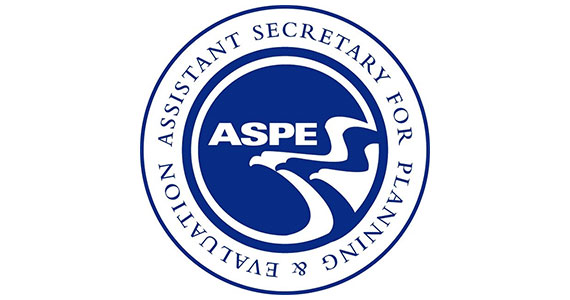A large proportion of children and families who receive child welfare services are eligible for Medicaid. Medicaid enrollment provides access to health services to low-income children and adults, which is particularly important for families at risk of engagement with child welfare systems. As many as 2 out of every 5 children in the U.S. are enrolled in Medicaid, and 4 out of 5 children living in poverty are enrolled.i Participation rates for children on Medicaid (i.e., the proportion of children eligible for Medicaid who are enrolled) vary across years and states. In Florida, the 2019 participation rate was 90.6 percent, a 2.2 percent decrease from 2016-2019.ii In Kentucky—a state that expanded Medicaid—the 2019 participation rate was 94.3 percent, a one percent decrease from 2016-2019.
Medicaid eligibility and enrollment for children and families is influenced by numerous federal and state policies. For example, in 2013 the Affordable Care Act (ACA) authorized Medicaid expansion to increase eligibility for Medicaid among adults. This policy was important for families at risk of child welfare engagement as research shows that when parents receive Medicaid coverage, they are more likely to enroll their children in eligible coverage as well.iv Parental Medicaid, enhanced by 12-month post-partum coverage extensions, also enables parents to access services including treatment for mental illness and substance use disorders that may be related to their child welfare involvement. Additionally, since the enactment of the Family First Prevention Services Act of 2018 (P.L. 115-123) (hereafter FFPSA), many states have implemented mental and behavioral health services to prevent child welfare engagement, using multiple funding sources included Title IV-E and Medicaid funds.v Because the funding streams for child welfare service payments via Medicaid or Title IV-E prevention dollars can be complex, there is an imminent need for increased coordination between Medicaid and child welfare systems.
A first step in understanding the coordination needed to effectively deliver child welfare prevention services with Medicaid support is to identify which children are enrolled in Medicaid before or after the onset of child welfare engagement. Therefore, this brief aims to use data collected from the Child and Caregiver Outcomes Using Link Data (CCOULD) project to assess the timing of children’s Medicaid enrollment relative to the onset of their child welfare involvement. Further, we assessed the differences in enrollment trends by various child demographic and child welfare case characteristics to identify possible groups less likely to receive Medicaid funded child welfare prevention services. This research is limited to children who were successfully enrolled in Medicaid before or after onset of child welfare engagement, but was unable to assess whether these children were eligible for Medicaid prior to child welfare engagement.

